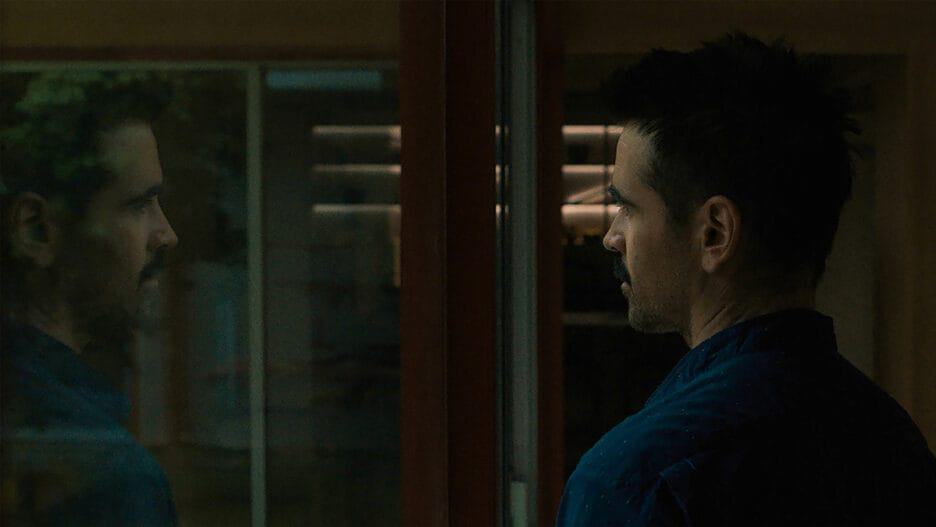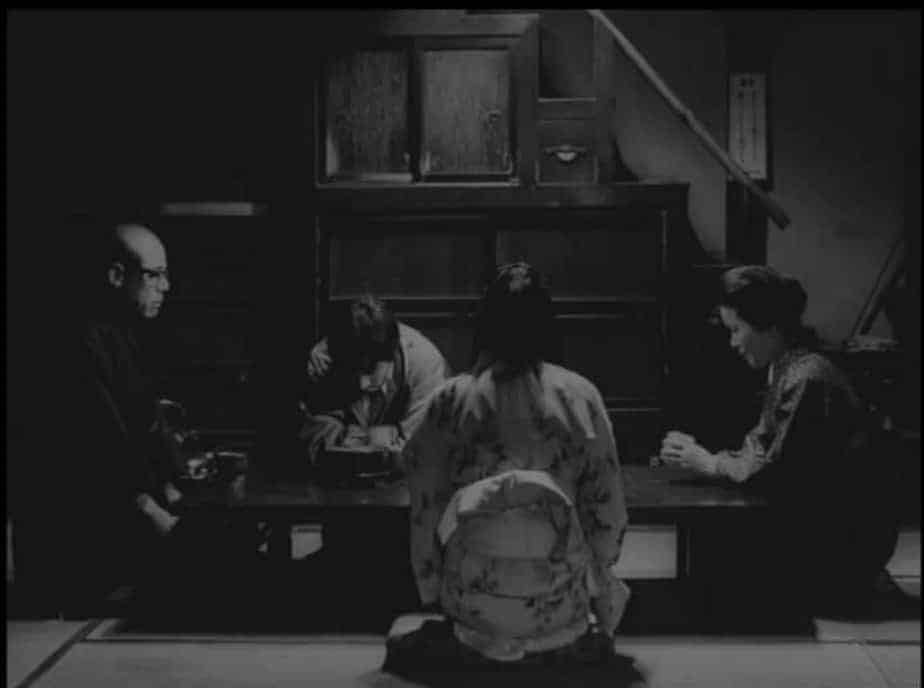Artificially intelligent android. Conspiracy theorist technician. Technology museum curator. I admit: when I first saw the synopsis of “After Yang,” I immediately thought of blockbuster science-fiction movies like “Blade Runner” (1982) or “Ghost in the Shell” (1995). And yes, in a way, Kogonada's sophomore feature film prods familiar questions of authenticity. What does it mean to be human? What does it mean to be a family? What does it mean to be Chinese – whether you are ethnically born, adopted, or programmed to be? These questions are more pointers than they are answered, however. This year's winner of the Sundance Alfred P. Sloan Feature Film Prize (and A24 acquisition from Cannes) contemplates upon quiet visions of the future, one that is defined more by reflection than it is by progress.

“After Yang” opens with a flash dance series. Families jive on screen in futuristic space suits set against a bright backdrop, each member delightfully out of sync. This jig of joy, however, suddenly transitions into the rest of the film: a solemn piece dominated by Zen furniture awash with natural light. Here, Jake (Colin Farrell) and his wife Kyra (Jodie Turner-Smith) find that Yang (Justin H. Min), their in-house Technosapien, has fallen to disrepair. Jake takes it upon himself to fix Yang, taking him (it?) from shop to shop. Kyra, on the other hand, worries about how they can possibly raise their adopted, ethnically Chinese child Mika (Malea Emma Tjandrawidjaja) without Yang's cultural guidance. When Jake takes Yang's body to a museum, however, he learns that Yang is not a typical android. Yang possesses a repository of “memories” recorded during his “life,” featuring a woman and pieces of nature he so loved. Jake takes it upon himself, then, to bring the family – and Yang's lover – closer together in remembrance of his passing.
Throughout the film, Jake exhibits an uncertainty while addressing Yang. Should he address Yang as human? As an android who served his family? As another adopted son, perhaps, that played the role of Mika's older brother so well? Jake's struggle to define Yang comes to a head, however, when the humans feel no different from androids. Everyone in “After Yang” – perhaps, save for Mika, who does a fantastic kid scream every now and then – follows a strictly Bazinian code. They fall to disaffected patterns of speech; Kyra especially tends to repeat herself. Like models instead of actors, the characters maintain a level of disassociation in their dictation. At the end of the day, humans are no more affective than Technosapiens.

The jarring cinematography too harkens to the blurred line between human and the posthuman. With only a handful of closeups and a plethora of off-kilter shots, Kogonada seems to prefer his viewers to peer over from the side instead of heads-on. These contrast against Jake and Kyra's frequent, frontal face-to-face video calls. These shots take up the whole screen, and – like a shot-reverse-shot sequence – pingpong between the two callers during conversation. The oscillation between the direct eye-line and off-kilter shots provide a false sense of togetherness. Intimacy feels more artificial than the neatly cut-off frames of the hyper-technological world.
The gap between viewer and subject feels even wider compared to Jake's intrusion of Yang's memories. Yang's memories flicker through a series of point-of-view shots. They start and stop in a mechanical fashion; sometimes, they even feel redundant in the sheer number of pillow shots. While the POV shots imply a sense of one-ness, the proposal of proximity is complicated. Yang, after all, had functioned like a surveillance camera – recording unbeknownst to his owners. By the same token, this memory access is only possible through Jake's forced invasion into his robot servant's hardware memory.
In this way, Kogonada presents the elements of “After Yang” not in tension, but in oscillation. Here, the same shots echo one another; here, character intentions begin to reverberate. In this version of tomorrow, humans and androids are not at heads, but instead are complements to one another. Beings are similar, but not the same in the mundane.















